Over the course of several years I created a weekly ‘Tips & Tricks’ course. Each week a new movie was posted – by the end we had about 16 hours of material! As you can imagine, there’s a lot of content there. Everything from the principles of the classical era, but over time the courses widened to cover the history of animation, mental attitude, career advice, production overviews, and more. I’ve slowly begun to assemble ‘virtual courses’ where I pull movies from the Tips & Tricks course to build secondary collections, dealing with FX animation, side-scroller games, isometric games, career advice, and so on. However, if you don’t want to wait for me to dig through the entire thing, which will take a few more weeks, you might want to dig into the 16 hours of material yourself feel free!
LINKEDIN: ANIMATION TIPS & TRICKS (Sign up via that link and I get a small commission).
Here are some sample images from the weekly ‘tips & tricks’ series:
The traditional principles of animation:

Counterpose/torque:
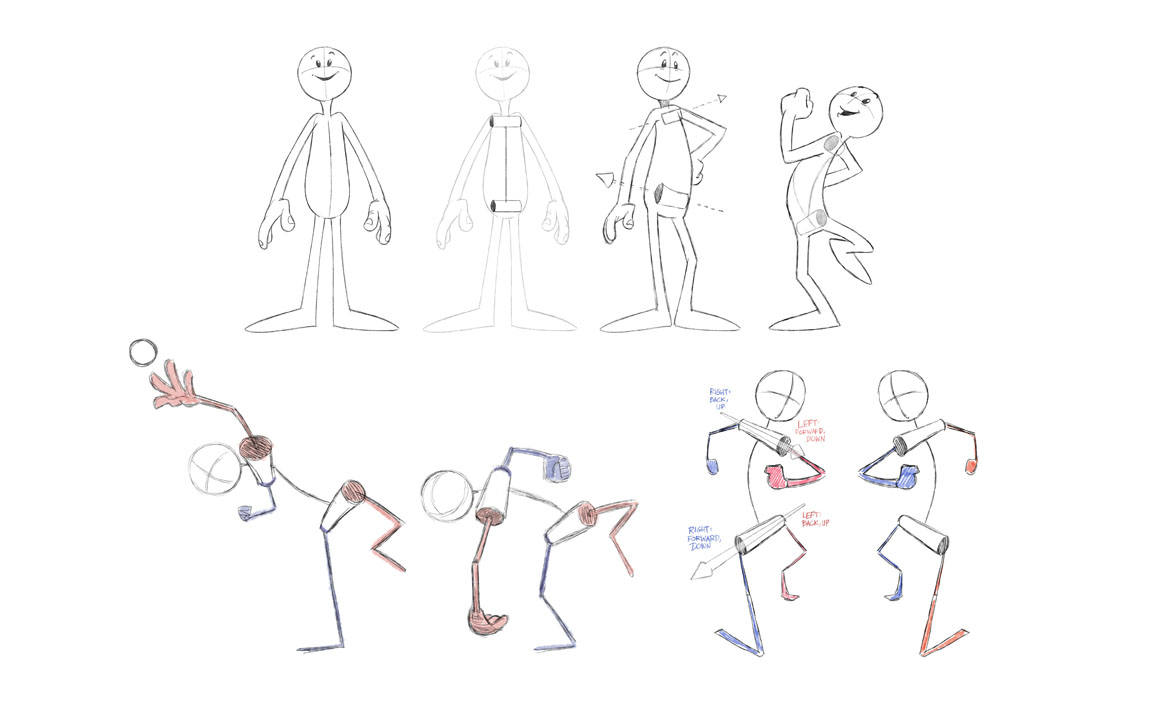
Overlap & follow thru
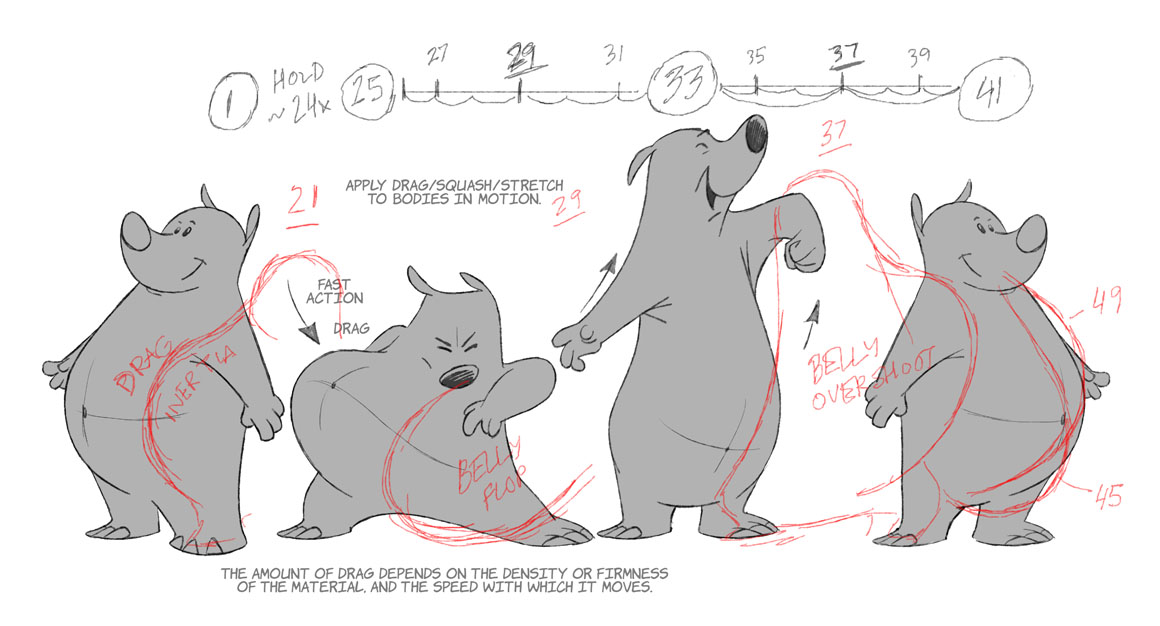
Center of mass:
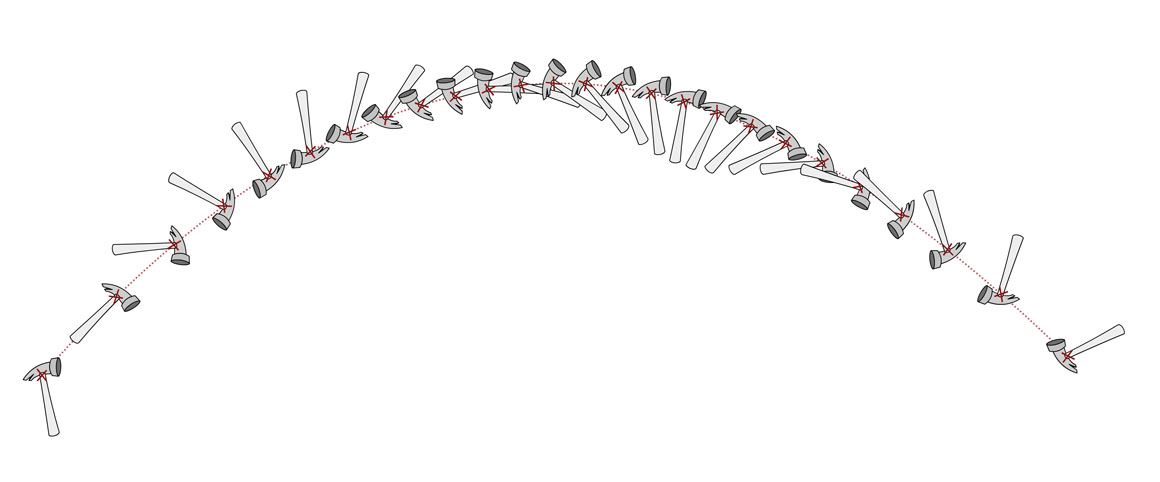
Timing charts, timing & spacing:
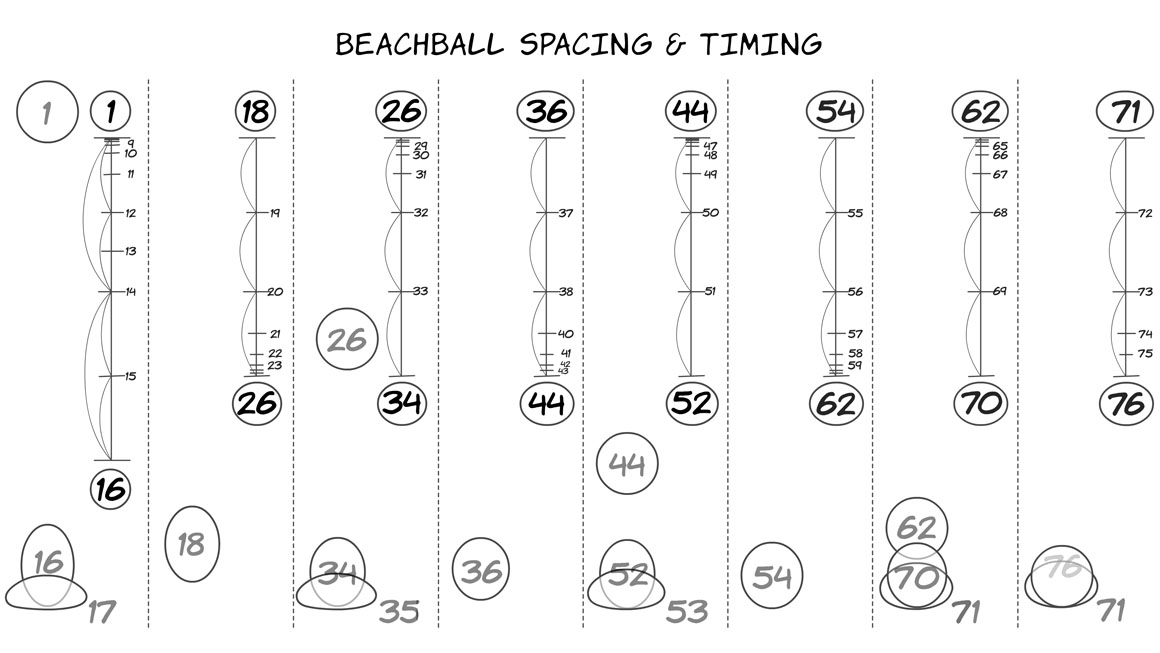
Thumbnails & breakdowns:

Drawing technique from gesture drawing to cleanup:
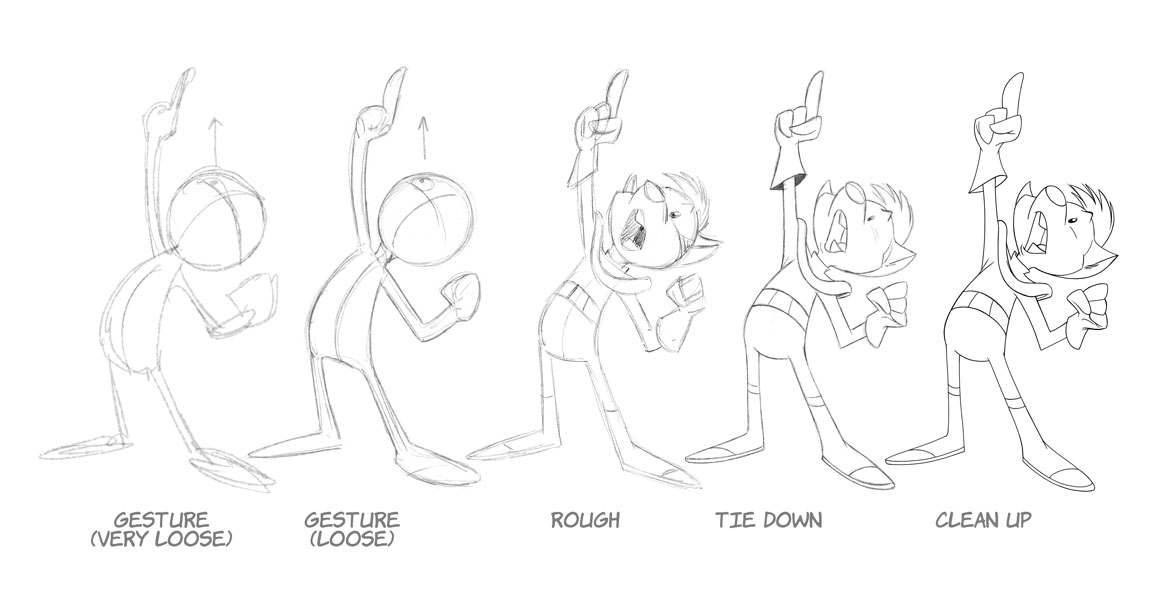
Anticipation:

Cartoon physics:
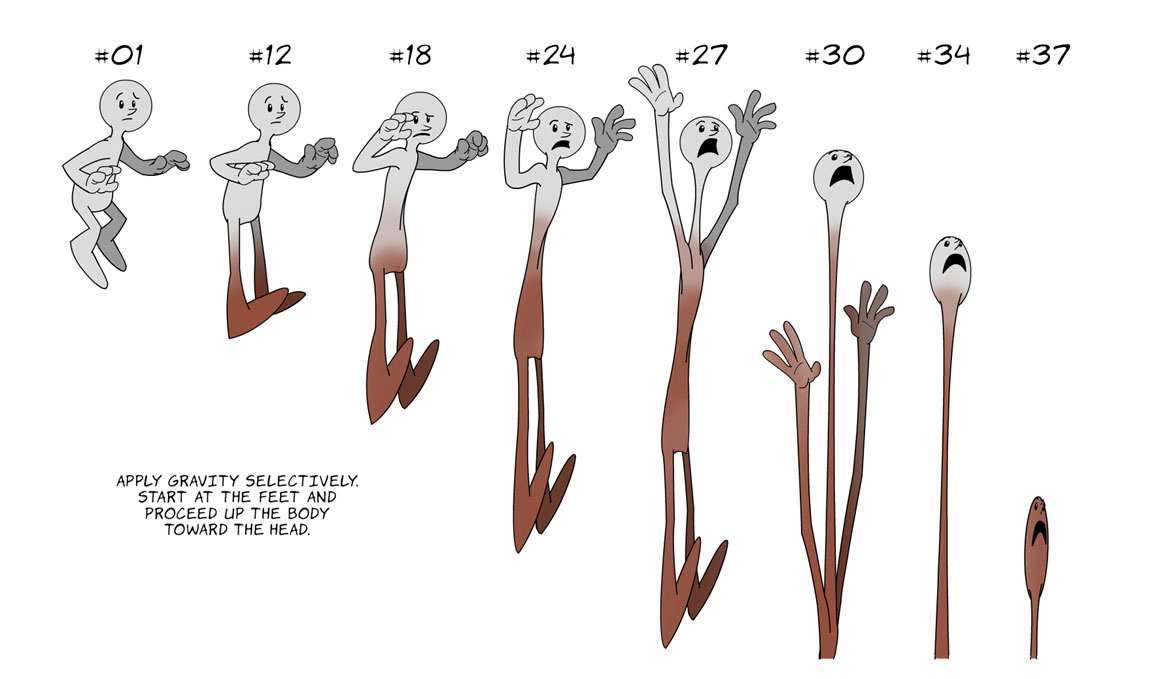
Transformations:
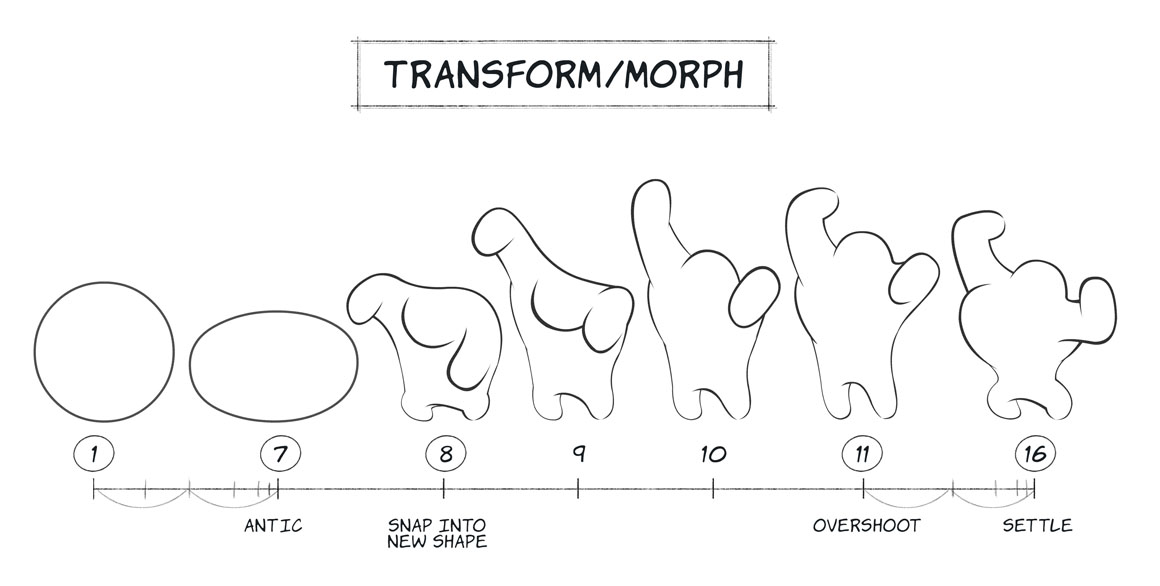
*
If you want the complete series of all my courses, there’s an overview of my entire collection here, with recommendations for viewing depending on your interests.

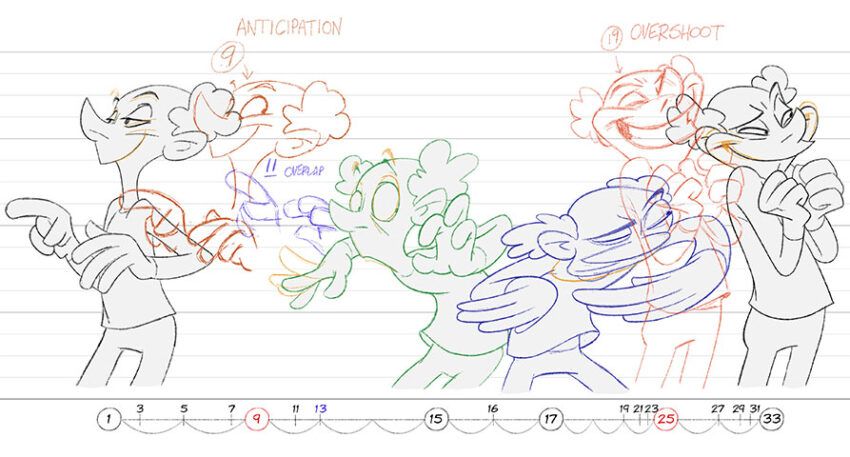
Hello Angry Animator,
Do you have any tutorials for animating and planning a scene using a 12 field guide?
I’m curious if there are coordination tricks when zooming in/out and animating camera movements around a scene. Is it common to plot arcs of a camera when when moving to coordinates in a 12 field guide?
Might be a useful tool for plotting a scenes composition when animating in today’s animation programs
Thanks for your time! I am learning so much from your courses
Hm, no tutorials on that I’m afraid. These days it’s easier to eyeball thinks like that, though you can of course plan them out in TV board style. If you look in my Storyboards course you may find stuff in there on camera moves and how to lay them out in the section on Live Action boards.
Also, I found my old Don Bluth studio document ‘The Perfect Pan’, which shows the old traditional methods for scene planning. What a nightmare! I was going to scan it for you, but Jon Hooper’s old site ‘animation meat’ has a nice pdf of it.
http://www.animationmeat.com/pdf/featureanimation/perfectpan.pdf
Hopefully there’s some usable info in there!
Thanks again for this document! I read through it and it has all the camera specs and technical info I was looking for. Much appreciated!
I dug up another, this time I could find no online copy so shot it myself. Hope it’s useful, at least of interest for historical reasons.
https://www.angryanimator.com/word/2023/02/09/exposing-fievel/
Way to cool, thank you so much! This is perfect. Pretty Wild you have the original Don Bluth studio document haha
My goal is to re-create the traditional camera set up in Blender 3D to film cartoons. Do you happen to know the type of camera & lens they used at Don Bluth Studio? Or maybe the camera used for 1930s cartoons?